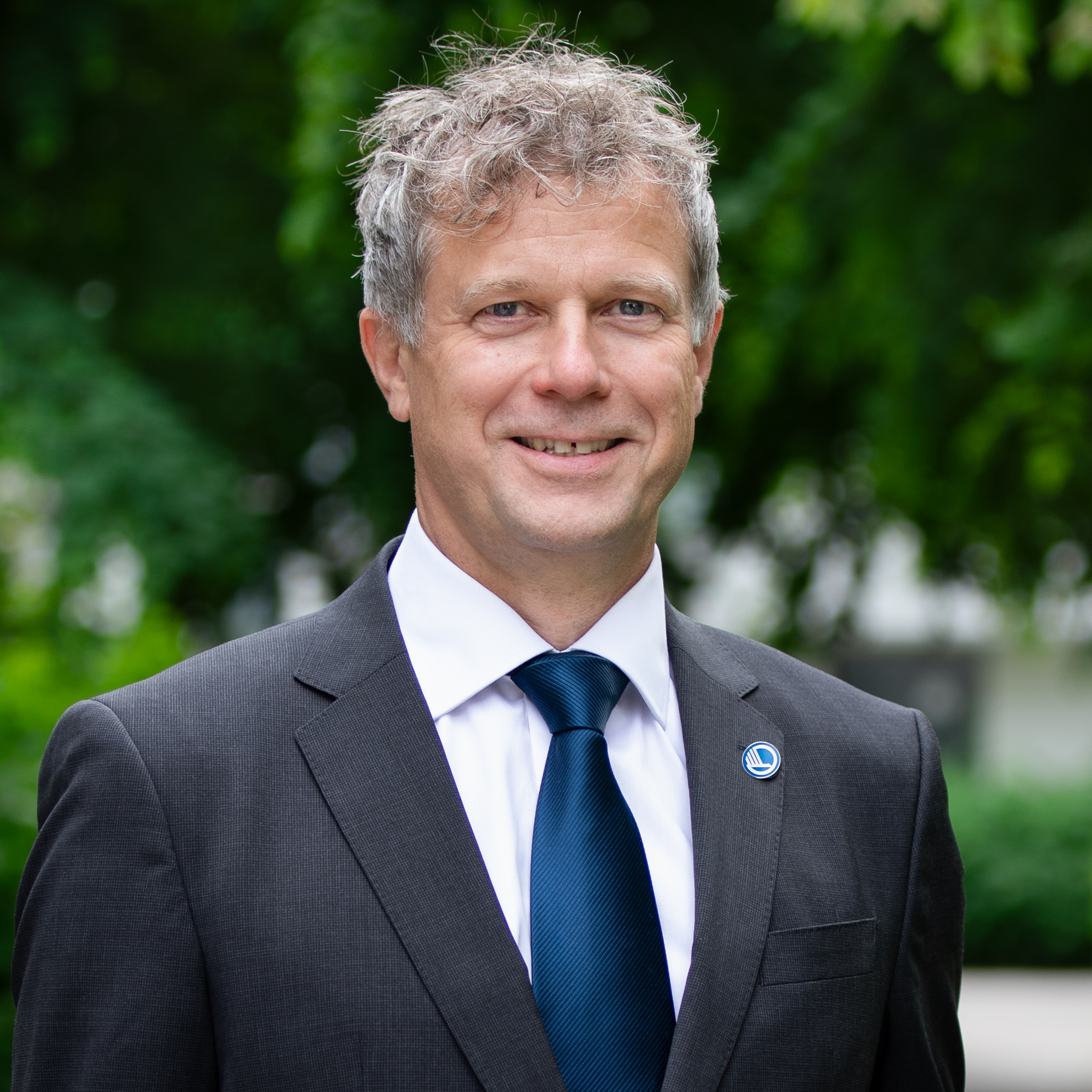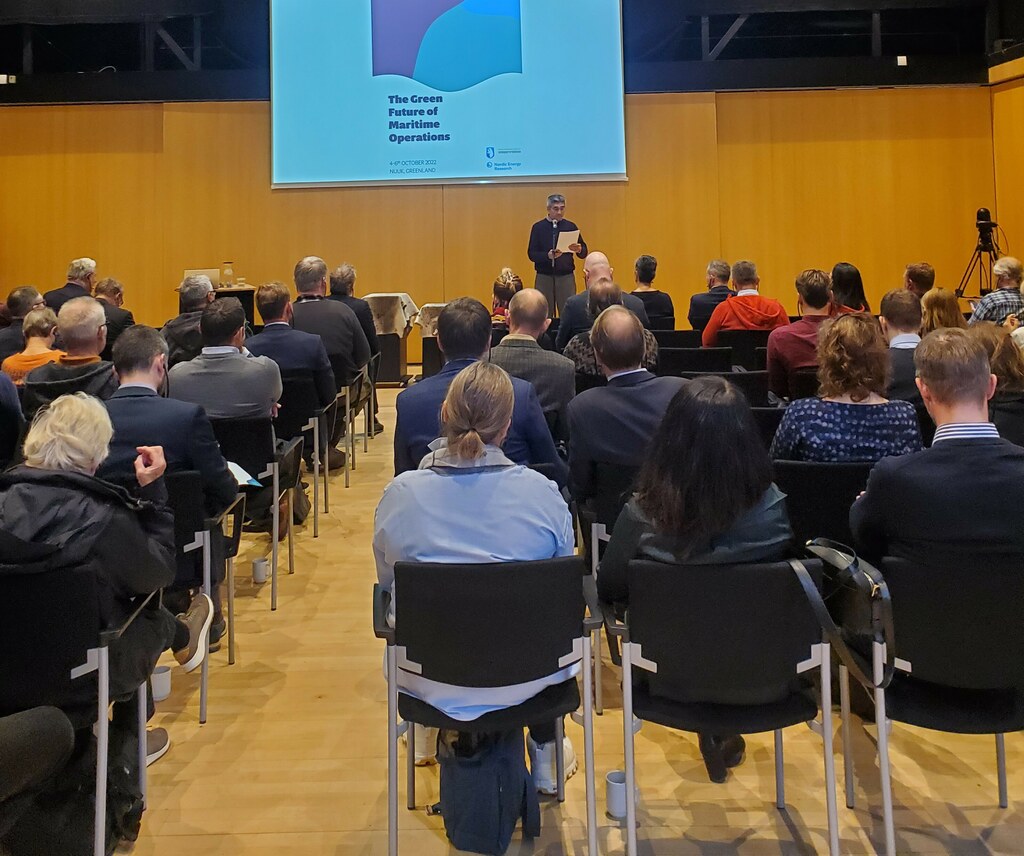
Experiences from “The green future of maritime operations” – conference in Nuuk
Participating at the conference, “The green future of maritime operations”, offered more than professional insights into solutions and outlooks for the development of green maritime transport in the Artic and…
Participating at the conference, “The green future of maritime operations”, offered more than professional insights into solutions and outlooks for the development of green maritime transport in the Arctic and Nordic Region. It also included an appreciable opportunity for experiencing the Greenlandic Culture.
Naalakkersuisut (The Greenlandic Parliament) and Nordic Energy Research invited around 80 participants, representing domestic and foreign stakeholders in the maritime sector, convened in Nuuk from the 4th of October until the 6th of October to discuss the main issues: How to transition the Greenlandic vessel fleet and how to make the best usage of the country’s abundant hydro power potentials for renewable energy production.
Site-visit to Buksefjorden
The conference kicked-off on Tuesday the 4th of October at Tide Stairs harbour in Nuuk, where the conference facilitators and Nuuk Water Taxi awaited 40 conference participants to take them on a sailing excursion to Nuuk’s hydro power plant in Buksefjorden. Nuuk’s hydro power plant is operated and maintained by the Greenlandic energy and water supply company, Nukissiorfiit. Employee, Jens Bjerge, who has worked at the plant since it was first operated back in 1993, delivered a guided tour.Currently, Buksefjordsværket holds a capacity of 45 MW with a planned expansion of both the supplying reservoir lake and the electricity production capacity (to around 90 MW). It is a result of experienced limited water resources in the current reservoir lake, Kangerluarsunnguup Tasia, and an increasing demand for electricity in Nuuk. Besides the interesting, guided tour, time was allocated for mingling among the participants.
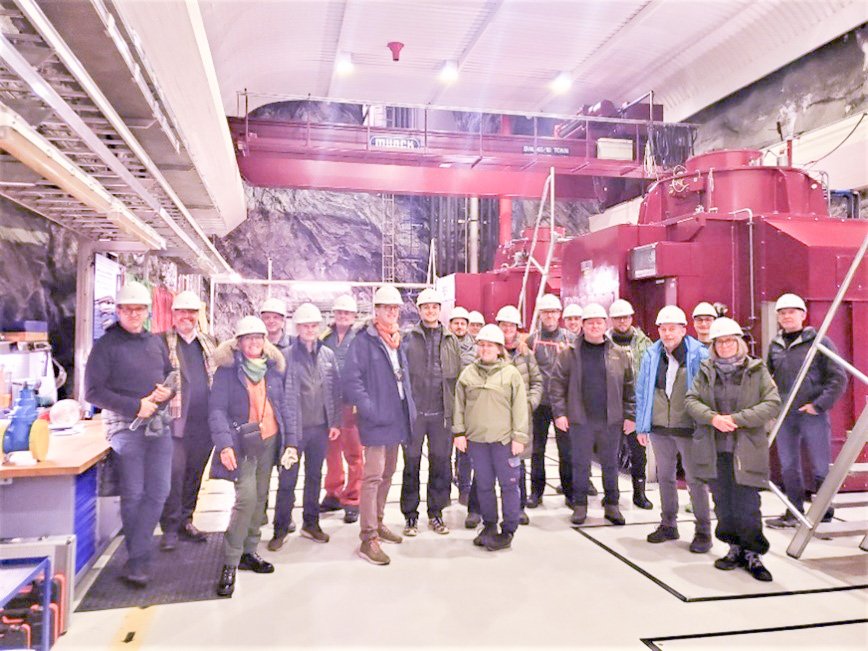
Conference Day 1
The first official day of the conference began with breakfast and a warm welcome at the beautiful venue, Katuaq. The conference was moderated by Qupanuk Olsen, who is currently the most streamed influencer in Greenland (Instagram account: qupanuk). As a cultural element, the conference programme initiated with a lamp ceremony performed by Tukummeq Qaavigaq, who taught the participants how light was created and maintained before electricity became available in Greenland.
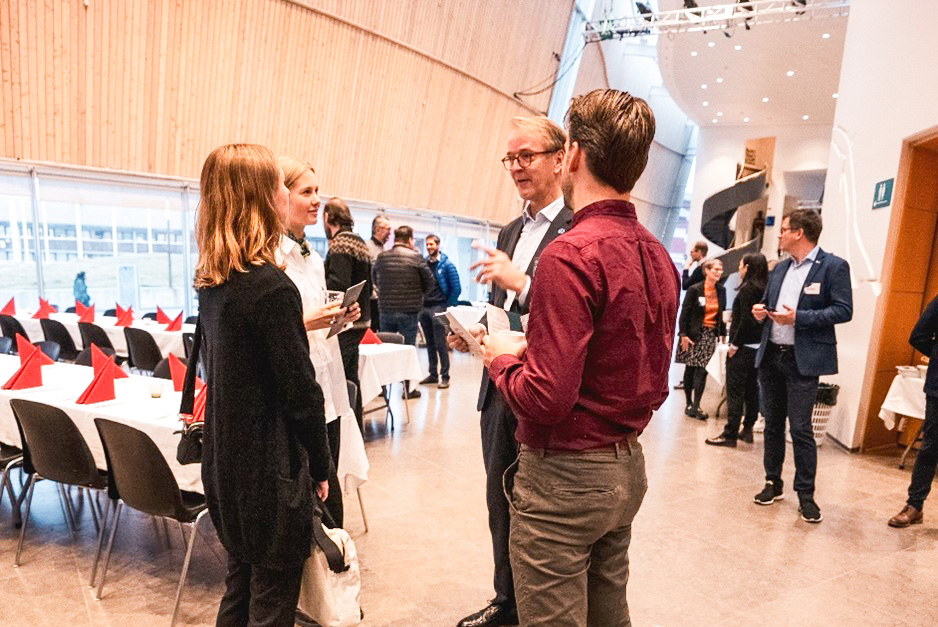
The Greenlandic Minister of Agriculture, Self-sufficiency, Energy, and Environment, Kalisat Lund, held an inspiring welcome speech afterwards, stressing the ambitions of Greenland to become a major contributor to the sustainable transition internationally. The speech embraced the focus of the day that was to add an international perspective on Greenland’s abundant hydro power potentials and how to use it for its maritime transport.
The day was packed with interesting speeches, presentations, and talks by politicians, researchers, consultants, and industries sharing their knowledge, experiences, and outlooks regarding the future of green maritime transport and the production of CO2-neutral fuels in the Nordic and Arctic Region.
In the late afternoon, a site-visit to Sikuki harbour took place, where Royal Arctic Line showed around at their container harbour and elaborated on their strategies for developing a sustainable harbour in Nuuk.
Conference Day 2
The second day of the conference started with a welcome speech held by the Greenlandic Minister of Finance and Gender Equality, Mrs. Naaja H. Nathanielsen. A traditional drum ceremony was thereafter performed by Varna M. Nielsen & Kuka Fleischer that included storytelling and the encouragement of participants to sing-along.
The focus of the day concerned the domestic challenges and opportunities for Greenland to undergo a green transition for its maritime vessel fleet and for using its abundant hydro power potentials. The presentations concerned technical solutions and investment opportunities, which thereafter supported the participants in performing dedicated discussions on Greenland’s main obstacles and how to tackle them during a break-out session in the afternoon.
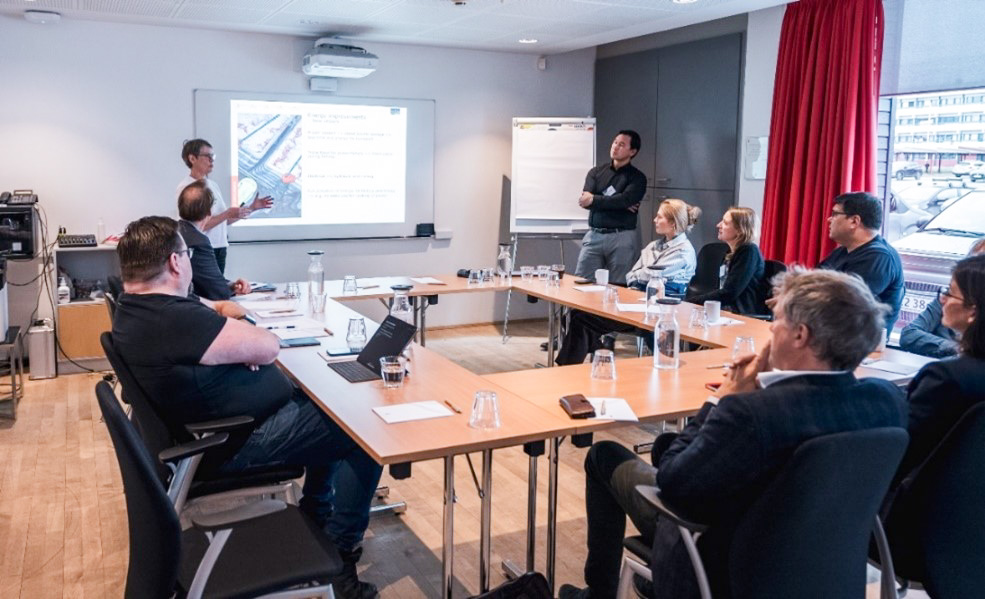
In general, there was a great interest for initiating new collaborations among the participants. Open invitations to future conferences and events concerning similar topics were promoted, and it was easy to notice a delighted and engaged atmosphere among the participants making it a great pleasure to having facilitated and funded the conference for Nordic Energy Research.

